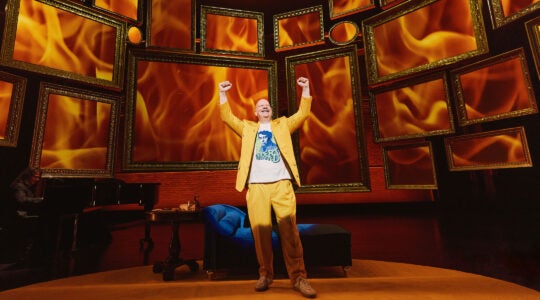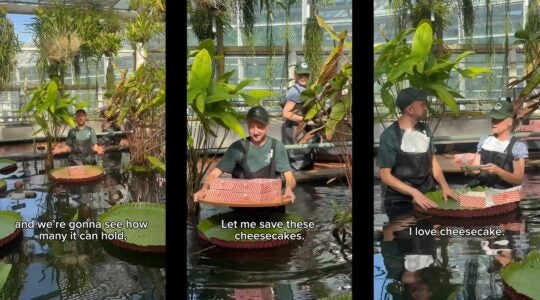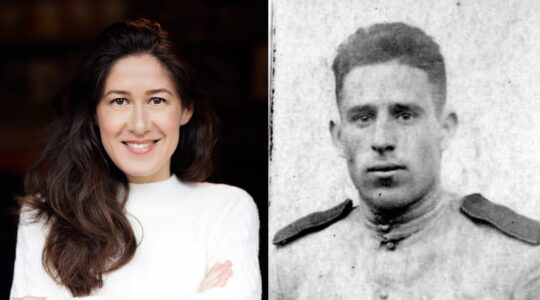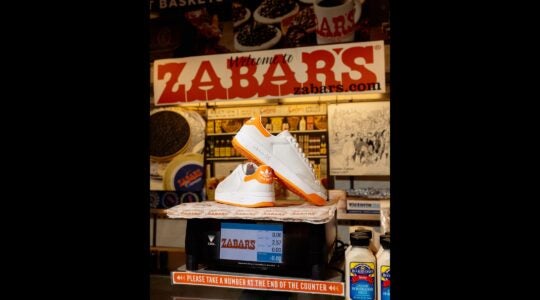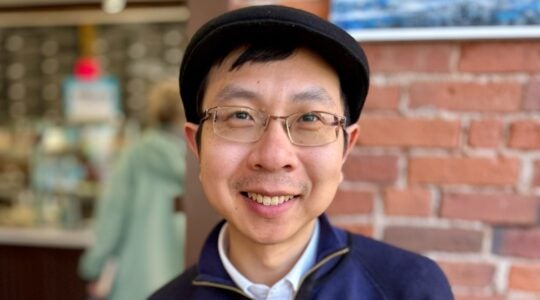If Sosúa, an idyllic beach town on the Dominican Republic’s north coast, looks like paradise to us, one can only imagine how pleasant a sight it was for European Jewish refugees in the early 1940s.
That was when the Dominican government issued visas to approximately 700 Jews fleeing Nazi Europe, who were delighted to have a place — anyplace — to resettle. Their destination was a lush agricultural zone on a Caribbean bay, but the disorientation must have been profound for these cosmopolites, accustomed to Berlin and Vienna.
Today, that wartime Jewish heritage lends a unique cultural note to what is still a very peaceful refuge from the world’s ills. Seemingly as removed from the urban din of Santo Domingo as it was from the turmoil of wartime Europe, Sosúa is a destination for those seeking quiet, pristine bays with a dose of Jewish history.
Only a handful of Jewish families remain, but Sosúa retains a cultural diversity unusual for such an out-of-the-way spot. In the decades since its mid-century Jewish heyday, Sosúa has attracted a steady crowd of discerning vacationers from Canada, the U.S., Britain, Germany and elsewhere. Many of those visitors either stayed or retired here, adding another chapter to the town’s multi-ethnic history.
Gentrification is evident in Sosúa’s modern enclaves. At one end of town is a polished resort area where new villas sprout; the other end retains a more rustic island feel, its buildings colorful but shabby. In between is a glorious mile-long stretch of white-sand beach that draws water-sports enthusiasts of all stripes. Warm and gentle, the pale aqua water is fringed by reefs that are perfect for novice divers, while reliable breezes attract kite-boarders and windsurfers.
Others come for the low-scale, low-key atmosphere. Sosúa is less glitzy and less expensive than the better-known resorts of Punta Cana or the nearby hub of Puerto Plata, 15 miles to the west (JetBlue flies direct from New York and Boston to Puerto Plata). The one-time Jewish haven remains a friendly, village-like community — with just enough shops, restaurants and lodging options to keep families happy.
Predictably enough, given that it was a kind of weigh station, most of Sosúa’s children moved away from this paradise to seek education and fortune abroad. In retrospect, it was probably quixotic to imagine that urbane Europeans would transform into dairy and banana farmers, though that was the original concept of the Sosúa settlement. Many of those who stayed intermarried with Dominicans, and it is common today to meet Sosúan families who celebrate both Jewish and Catholic rites, speak a few words of Yiddish along with Spanish, or otherwise mix the legacies of Old and New Worlds.
Despite the decline of organized Jewish life, locals take evident pride in the religious heritage; the Star of David is emblazoned on Sosúa’s official seal. Visitors can tour not only the refugees’ original wood-frame synagogue, which has been restored, but also a small Jewish museum whose photographs, artifacts and other mementos illustrate this 20th-century story.
And what a strange, fortuitous story it was. Wander through the exhibits, and you’ll see ruddy-cheeked German Jews frolicking amid the palm groves, smiling next to cattle and gathering in cafés in the kibbutz-like town that was born from a jungle. The resettlement of Europeans in the tropics was intended to benefit both parties: Sosúa was effectively built by its Jewish refugees, who were encouraged to cultivate a dairy and meat industry in what had been wilderness. (The motives of Dominican dictator Rafael Trujillo in extending such hospitality to the Jews are widely regarded with cynicism; the consensus is that Trujillo sought both to redeem his checkered reputation and to Europeanize his non-white subjects.)
Nearby, a large iron Star of David and a Hebrew-lettered arch adorn the gate to the Jewish cemetery. Amid the shade of lush green trees, gravestones trace the presence of a hybrid community with sentiments in Spanish, German, English and Hebrew.
A few years ago, Sosúa dedicated a pretty green park on the oceanfront to the memory of its Jewish roots. Parque Mirador Sosúa boasts a white Star of David memorial and was dedicated in a ceremony attended by numerous Jewish Sosúans, both original settlers and their descendants, many of whom now live in the U.S. but return for holidays.
Sosúa may never again be as Jewish as it was in the 1940s — but the same sea that brought those settlers remains its eternal lure, its shores as inviting as ever to a new generation.
The New York Jewish Week brings you the stories behind the headlines, keeping you connected to Jewish life in New York. Help sustain the reporting you trust by donating today.
